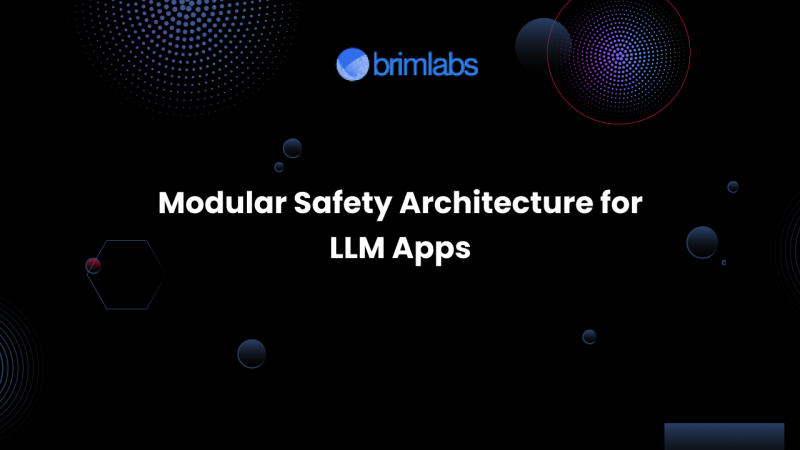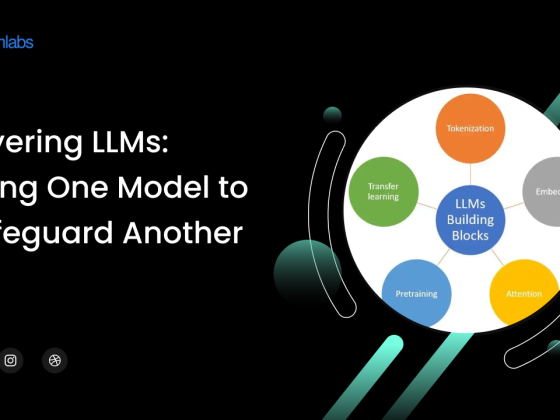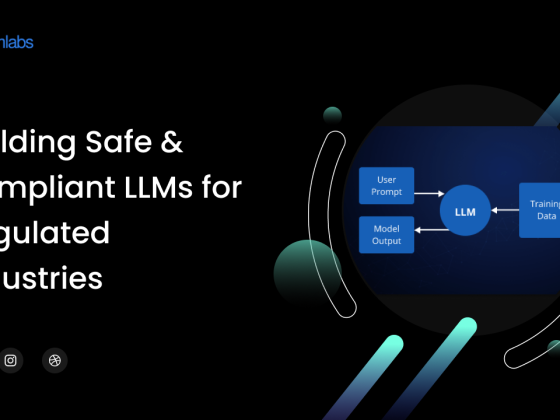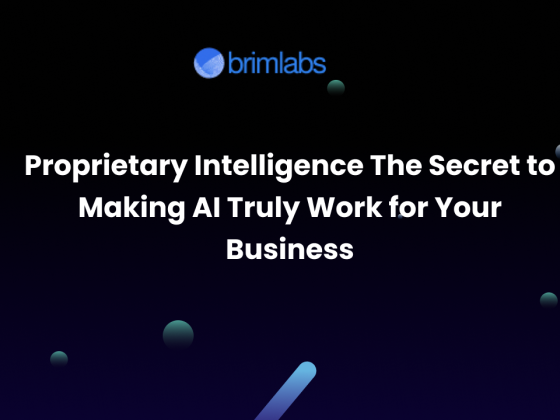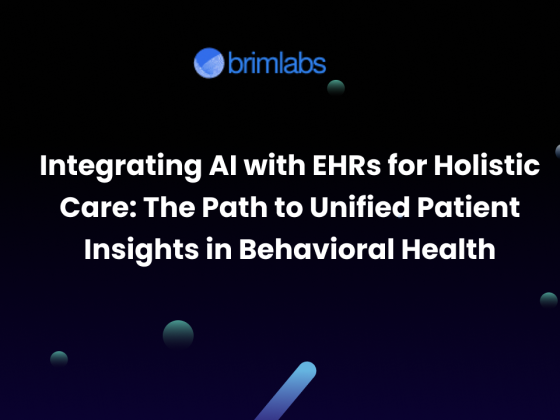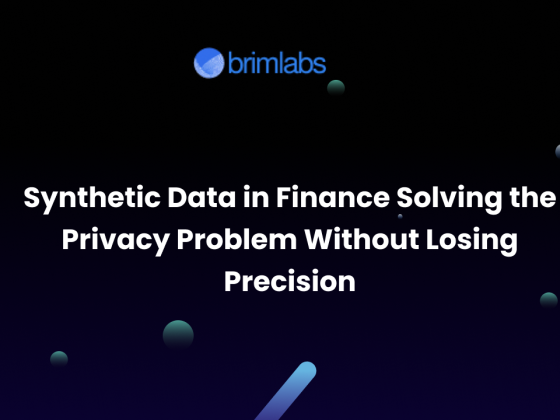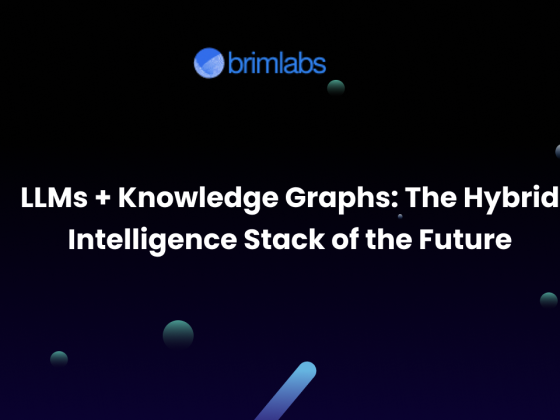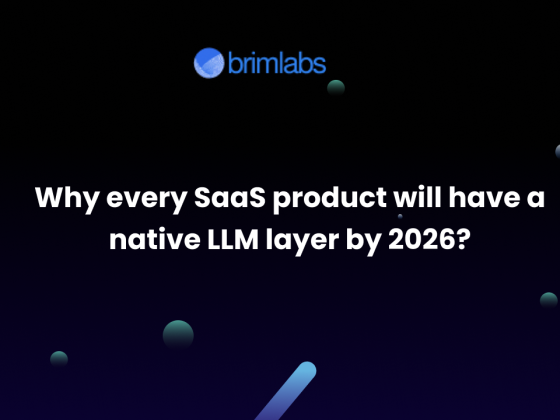As LLMs become more integrated into critical business workflows, ensuring their safe and responsible use is paramount. From customer support to healthcare triage, LLMs are being deployed in environments where errors, biases, or unsafe outputs can have significant consequences.
To address this, a Modular Safety Architecture, centered around three foundational pillars: Filter, Audit, and Feedback Loops, is emerging as a best practice. In this post, we’ll explore each component of this architecture, how they work together, and why modularity is key to building trustable LLM-based applications.
Why Safety in LLMs Is Not Optional
Language models like GPT-4 or Claude are incredibly capable, but their outputs are probabilistic and prone to:
- Hallucinations (inaccuracies)
- Toxic or biased content
- Prompt injections and adversarial attacks
- Overconfident responses in uncertain contexts
These challenges are not entirely preventable with model training alone. Instead, safety must be engineered into the app layer, much like software security is layered into modern web applications.
Enter Modular Safety Architecture
A Modular Safety Architecture separates safety concerns into distinct, composable units. This approach makes the system more maintainable, customizable, and testable. The core modules include:
1. Filter: The First Line of Defense
Filters act as gatekeepers, screening inputs, outputs, and metadata before they interact with the LLM or the end-user.
Filtering input:
- Blocks harmful prompts (e.g. hate speech, self-harm queries)
- Removes PII (personally identifiable information)
- Sanitizes inputs to prevent prompt injections
Filtering output:
- Censors toxic or non-compliant language
- Checks for hallucinations using retrieval-augmented generation (RAG)
- Flags overconfident claims without citations
Tools & Techniques:
- Rule-based content moderation (regex, keyword blacklists)
- AI-based classifiers (e.g. OpenAI’s moderation API)
- Semantic similarity checks for hallucination detection
2. Audit: Inspect What You Expect
While filters prevent issues upfront, auditing ensures post-hoc visibility into what the LLM did, when, and why.
Auditing includes:
- Logging all inputs/outputs with metadata
- Tracking model behavior over time
- Identifying patterns in user interactions or misuse
- Creating reproducible trails for incident response
Why it matters:
- Essential for regulated industries (healthcare, finance)
- Enables forensic analysis of failures
- Provides transparency to end-users and stakeholders
Best Practices:
- Implement structured logs (e.g. JSON) with timestamps and UUIDs
- Anonymize sensitive data for compliance
- Visualize audit logs with dashboards for real-time insights
3. Feedback Loops: The Path to Continuous Improvement
Even with filtering and auditing, safety systems must evolve. Feedback loops are the mechanisms that help models and app logic learn and adapt based on real-world usage.
Feedback types:
- Explicit: User thumbs-up/down, flag buttons, survey responses
- Implicit: Drop-off rates, session time, query reformulation
- Human-in-the-loop: Annotators reviewing outputs for quality
Applications:
- Fine-tuning models with reinforcement learning from human feedback (RLHF)
- Adjusting guardrails and filters based on new threat vectors
- Adapting UX/UI based on how users interact with the system
Example Loop:
- Output flagged as hallucination
- Logged in audit trail
- Reviewed by a human moderator
- Model fine-tuned or prompt chain updated
- Filter rules adjusted accordingly
Modularity is Scalability and Resilience
Why modularity matters:
- Scalability: You can evolve each module independently.
- Customizability: Filters and audit rules can be tailored per domain (e.g. healthcare vs. legal).
- Interoperability: Easy to integrate with external services like Slack alerts, compliance APIs, or open-source moderation tools.
- Testability: Isolate issues in specific modules during failures.
This architecture enables you to treat safety not as an afterthought but as a first-class design principle, just like authentication or logging in traditional apps.
Building with Safety from Day One
As LLM applications move from experimentation to production, safety must shift left in the development lifecycle. Developers should think in terms of:
- Prompt design with safety constraints
- Testing filters against adversarial examples
- Auditing integrations from day one
- Feedback collection is baked into UX
This shift ensures you’re not retrofitting safety into an unstable system but rather building robust AI applications that earn user trust from the start.
Conclusion: Partnering for Safer LLM Solutions
At Brim Labs, we help companies build reliable, safe, and scalable AI-powered applications with a focus on modular safety. Whether you’re building internal tools with GPT or launching an AI-native product, our teams specialize in integrating filtering mechanisms, auditing infrastructure, and continuous feedback loops into your AI systems.
We believe that AI safety is not just a feature, it’s a foundation. If you’re looking for a partner to build LLM applications that are secure, compliant, and user-trustworthy, we’re here to help.

